
Posts
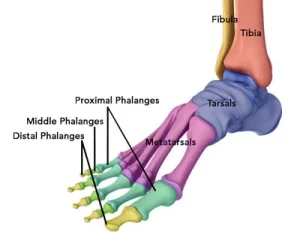
Phalanges of Foot
Phalanges of the foot are tiny fingerbones located in the feet. Each foot consists of 14-foot phalanges. The large toes or hallux have two phalanges...
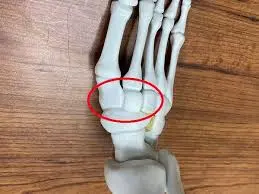
Cuneiform Bone
The cuneiform bones, also known as ossa cuneiform in Latin, are a set of three tarsal bones positioned within the first three metatarsals and the...
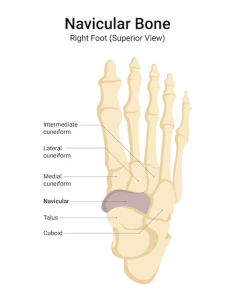
Navicular Bone
The navicular Bone, also called the nevicular bone, is a tiny, boat-shaped bone found in the foot. Human feet are constructed of 26 bones and...
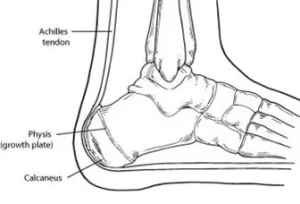
Calcaneus (Heel Bone)
The calcaneus (heel bone) is the largest tarsal bone in the foot. It works as the foundation of the rear part of the foot, forming...

Talus Bone
Introduction The talus bone, also known as the ankle bone, is a critical structure in the human foot that plays a pivotal role in mobility...

Cuboid Bone
Introduction The cuboid bone is a cube-shaped tarsal bone located in the foot, playing a crucial role in the structure and function of the lateral...
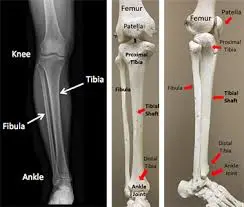
Tibia (Shinbone)
The tibia is the body’s second-lanthiest bone. It has an impact on your balance, gait, and standing posture. Tibias normally break only after significant injuries,...
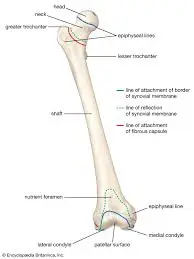
Femur (Thighbobe)
Overview The femur, often known as the thighbone, is the most powerful and longest bone in the human body. Your thigh comprises just one bone,...
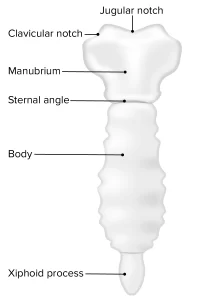
Sternum (Brestbone)
Overview The sternum is a bone located in the center of your chest. It can be additionally referred to as the breastbone. The sternum, an...

Mountain Climber Exercise
What is Mountain Climber Exercise? Mountain climber exercises are a powerful bodyweight workout that works for several muscular groups simultaneously, enhancing blood circulation, strength, flexibility,...
